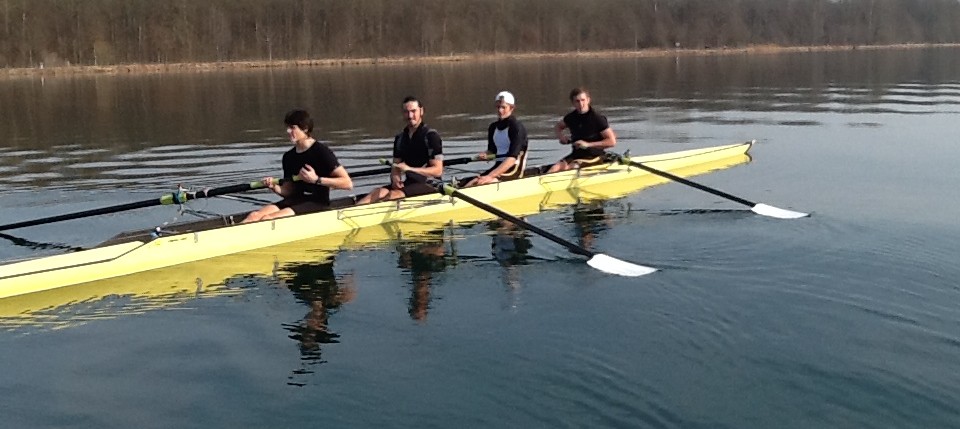Category: Analytics
Testing Boats and Material with Rowing in Motion
One of the most interesting things you can do with Rowing in Motion is to test different boats, material or rigging with your crew and find the combination that makes the crew go fastest. With realtime feedback and easy post-exercise analytics, Rowing in Motion can help you get objective data to make your decision. Some
Improve your Stroke – maintain boat speed in recovery
This article is partly inspired by an interesting discussion on the decentrowing blog. In the comments, someone brought up a link to a video by Drew Ginn where he advocates accelerating the sliding seat into the catch. This advice seems to be a bit unconvential considering most coaches advocate a constant sliding seat speed into
Analyzing typical stroke patterns with Rowing in Motion Analytics
Rowing in Motion Analytics is meant to help you improve your rowing technique by allowing you to compare typical stroke patterns from different sections of an exercise. In this example, we dissect typical boat acceleration at three different stroke rates (24, 26, 28) performed in a pyramid exercise. Start by opening your logfile and using
Improve your Stroke – avoid the drive hump
The Biorow newsletter by Dr. Valery Kleshnev shares great insights derived from scientific research of Rowing. In the November 2012 edition Dr. Kleshnev presents an analysis of the typical patterns of boat acceleration in rowing. What I find particularly interesting is his comparison of olympic and national level crews. Using data that I have recorded
Analyzing the early drive phase of two Rowing Strokes with Ubersense
I’m a big fan of the Ubersense Video Analysis App and use it frequently when coaching. Being able to quickly draw a few lines on top of a video is really useful when trying to compare different motion sequences and their resulting accelerations. So when the makers of Ubersense asked me back in 2012 whether
Typical Rowing Stroke – Live Feedback
Every stroke is unique. As a rower, you have experienced this yourself. There’s always wind and waves, vibrations on blade extraction, slight mis-synchronization between the members of your crew… the list of all the factors affecting the rowing stroke and boat acceleration is long. When you want to compare variations in rowing technique, material or
Using Ubersense to Analyze Rowing in Motion Videos
Ubersense is an App for video motion analysis. It allows you to import videos from your device’s camera roll. After pre-processing the video, Ubersense allows you to replay the video in slow motion. It uses a frame interpolation technology to give you very smooth slow motion replays. We love it! Analyzing Motion Sequences with Ubersense
Rowing in Motion Video Samples
We have just posted two sample videos to the Rowing in Motion YouTube channel that show how Rowing in Motion Videos can help you analyze and optimize your rowing technique. The first video shows two single’s rowing technique in slow motion (both athletes are Juniors). You can clearly see how the differences in their rowing technique
RowMotion measurement Validation with FES MMS – Results
As outlined in a previous post we did conduct a reference measurement of RowMotion running on an iPhone 3G and iPhone 4 vs. the FES MMS System. The MMS has been successfully used in professional rowing for more than a decade and results measured with it have been extensively used in scientific publications. We did record two
Validating RowMotion Measurement with FES MMS
Last weekend (03rd March 2012) I was in Breisach with SüdTeam to collect some data for a validation of RowMotion’s acceleration measurements. The FES MMS System we used as a reference has already been validated under lab conditions, so we should be able to derive some conclusive results by comparing the MMS data to RowMotion’s.

